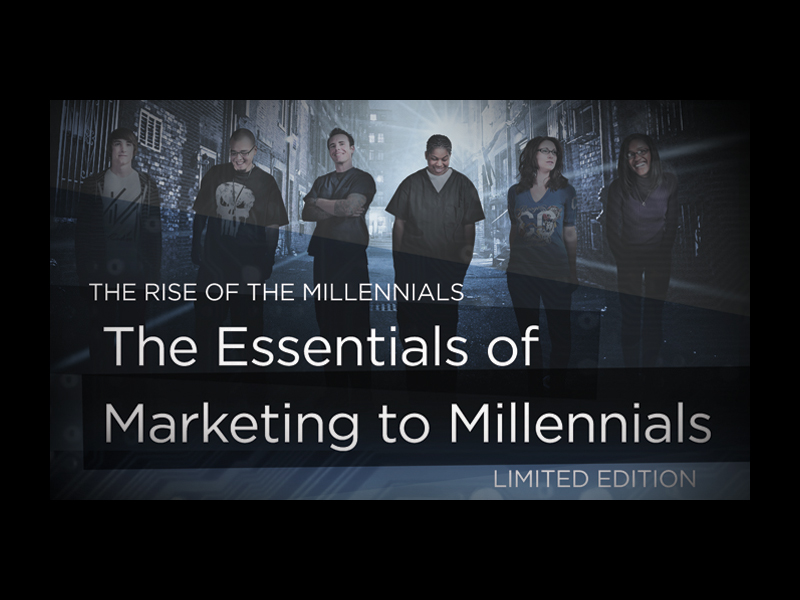Your Website vs. Your Social Channels
Education

Hey college admissions and marketing teams! Did you know you have two powerful tools in your digital toolbox to engage Millennials? Your website and your social channels. Are you using them effectively?
Don’t feel bad if there’s a bit of uncertainty in your answer. You’re not alone. Many of the teams we have talked to were unclear as to the role both channels play in their engagement strategy.
Research we conducted on Millennials gave us insights as to how they see the difference. Â We found they gather different information from the website than they do from social channels.
But hold up. Before we get into the differences, let’s take a step back to understand the considerations prospects go through in deciding on a college. These fall into two categories: the rational and the emotional.
On the rational side are things like location of the school, costs and the availability of key programs. All of these are critical but not as critical as the emotional.
In this bucket goes a sense of belonging. In other words, do students see themselves at a given college? Do they relate to the people they see? Can they picture themselves walking across campus and having fun throwing a Frisbee and other things Millennials do.
This emotional aspect is critically important because if prospects can make a connection — an emotional connection — challenges like costs and distance from home become details to be worked through. If the emotional connection isn’t there, any little issue or challenge can knock your school out of the running.
I bring this up because your website and social channels actually fit into these camps. In our interviews we learned a school’s website is the place they go for news and information. This is the place they head when they want to know about the programs being offered, graduation rates and above all the costs to go to school. But remember: once they get there, they don’t want to dig around to find it, or have to work through a lot of steps to determine the actual cost to attend.
Now, many colleges will also include elements like student life on the website to fill some web pages of students the campus and faculty. This may make the designers and the admissions teams feel good — but in reality it does very little for a Millennial checking out your school. For them, the “real” school is found on social, so that’s where they head.
Students told us they want to see the social channels “brimming with life.” If that content wasn’t there or if it was hard to find, those colleges came off the list.
Social channels fill the emotional space and as such prospects go there to find out which college is a good fit for them. Watching and listening to this group talk, I found it fascinating to hear the kind of emotional connection they can make with a school based on their interaction with Facebook. One student used the words “homey” and “trust” to describe how she felt after spending time on social channels. For a school to be able to generate that kind of emotional connection is powerful stuff.
So now the question is how can your school generate they type of content that will create these emotional bonds? Stay tuned…that’s a topic for an upcoming post.
This post is excerpted from The Rise of the Millennials research study and presentation. Click here to find out about receiving this presentation at your school.
Pat McGovern works on the account service side at BVK. He has two Millennial daughters who keep him on his toes and make him feel every bit his age.